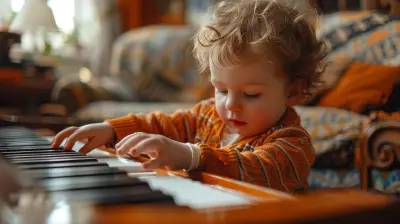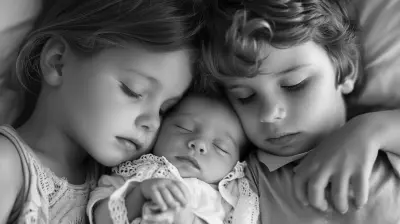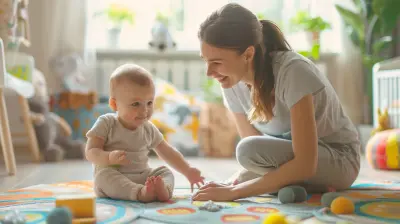The Role of Mindfulness in Sibling Dynamics
18 October 2025
Let’s be real. If you’ve got more than one kid under your roof, chances are high you’ve played referee more than once... maybe even more times than you’d like to admit. Sometimes it feels less like a warm, fuzzy family sitcom and more like an episode of WWE. But hey, before you throw in the towel or consider installing a timeout station in every room (tempting, I know), let’s chat about something game-changing: mindfulness.
Yes, you heard me. Mindfulness. It’s not just for yogis and incense lovers anymore. It’s the secret weapon every parent needs in their back pocket when it comes to managing sibling squabbles and building stronger sibling bonds.
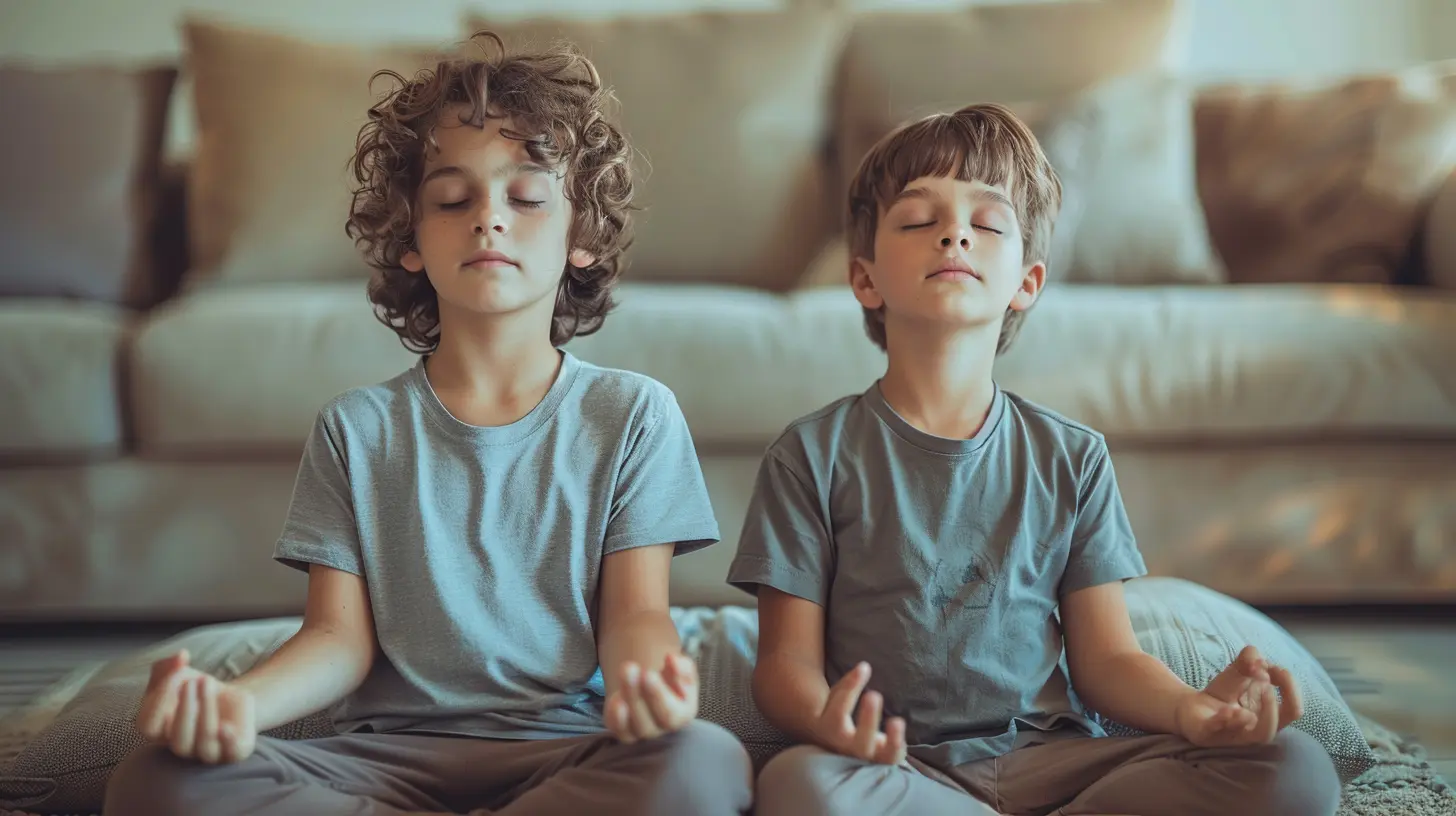
What Exactly Is Mindfulness Anyway?
Before we dive into sibling stuff, let’s clear up the mystery of mindfulness. Mindfulness is basically the art of paying attention—on purpose, in the moment, and without judgment. It’s noticing the here and now instead of mentally fast-forwarding to “Is it bedtime yet?”You know when your kid is melting down over the red cup not being available, and instead of losing it with them, you take a breath and respond calmly? That’s mindfulness. And yeah, that calm response can be contagious—even between siblings.
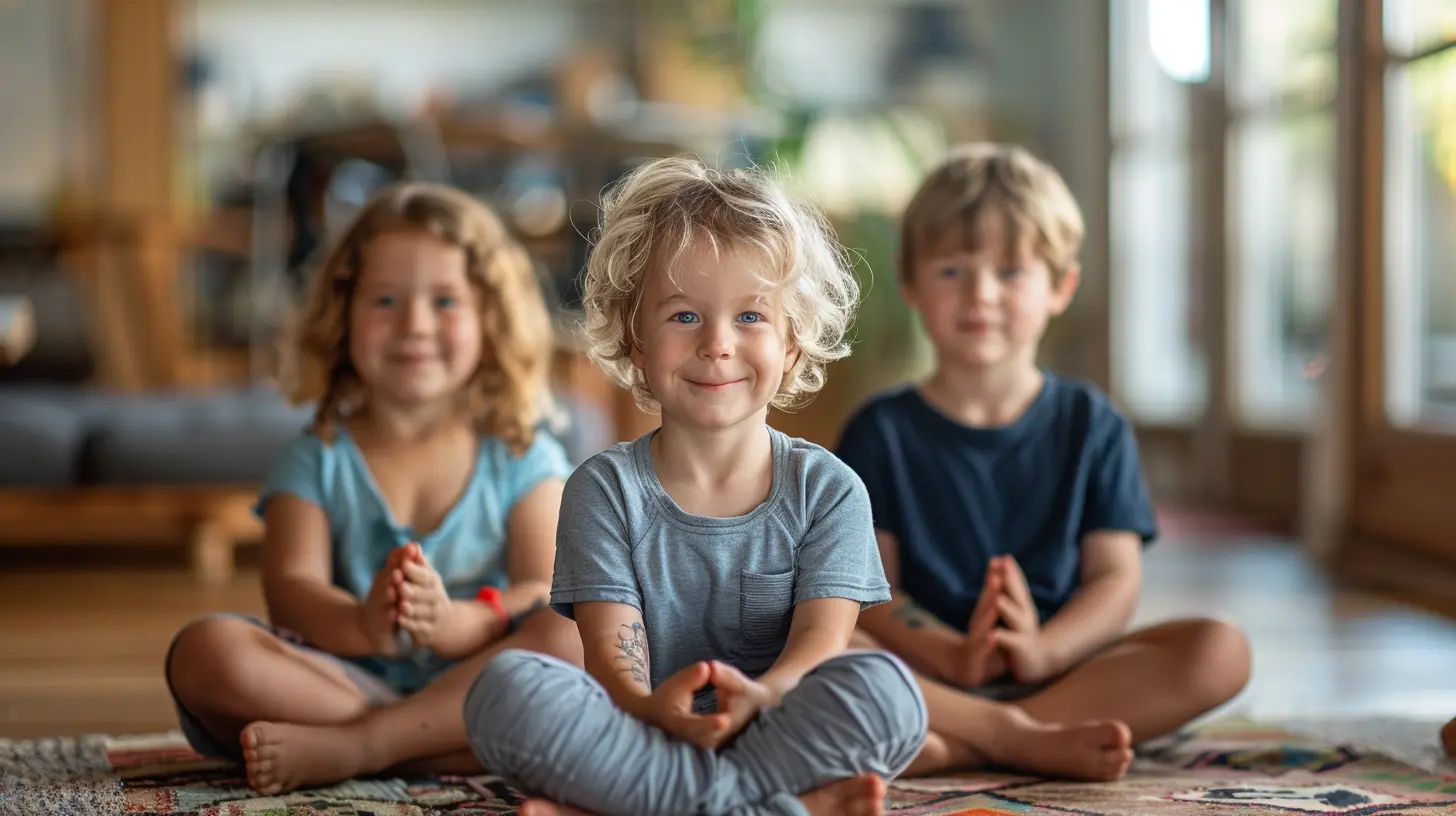
Sibling Rivalry: A Tale As Old As Time
First off, sibling rivalry is totally normal. Let’s say this louder for the moms (and dads) in the back: you’re not doing anything wrong if your kids fight. Sibling relationships are often the first social training ground for conflict resolution, empathy, sharing, and... let’s be honest, the occasional battle of ego.But guess what? Adding mindfulness into the mix can help transform those fireworks into teachable moments, rather than full-on disasters. It’s not about eliminating conflict altogether (that’s a lovely dream, but let’s keep it real). It’s about managing it in a way that helps everyone grow.
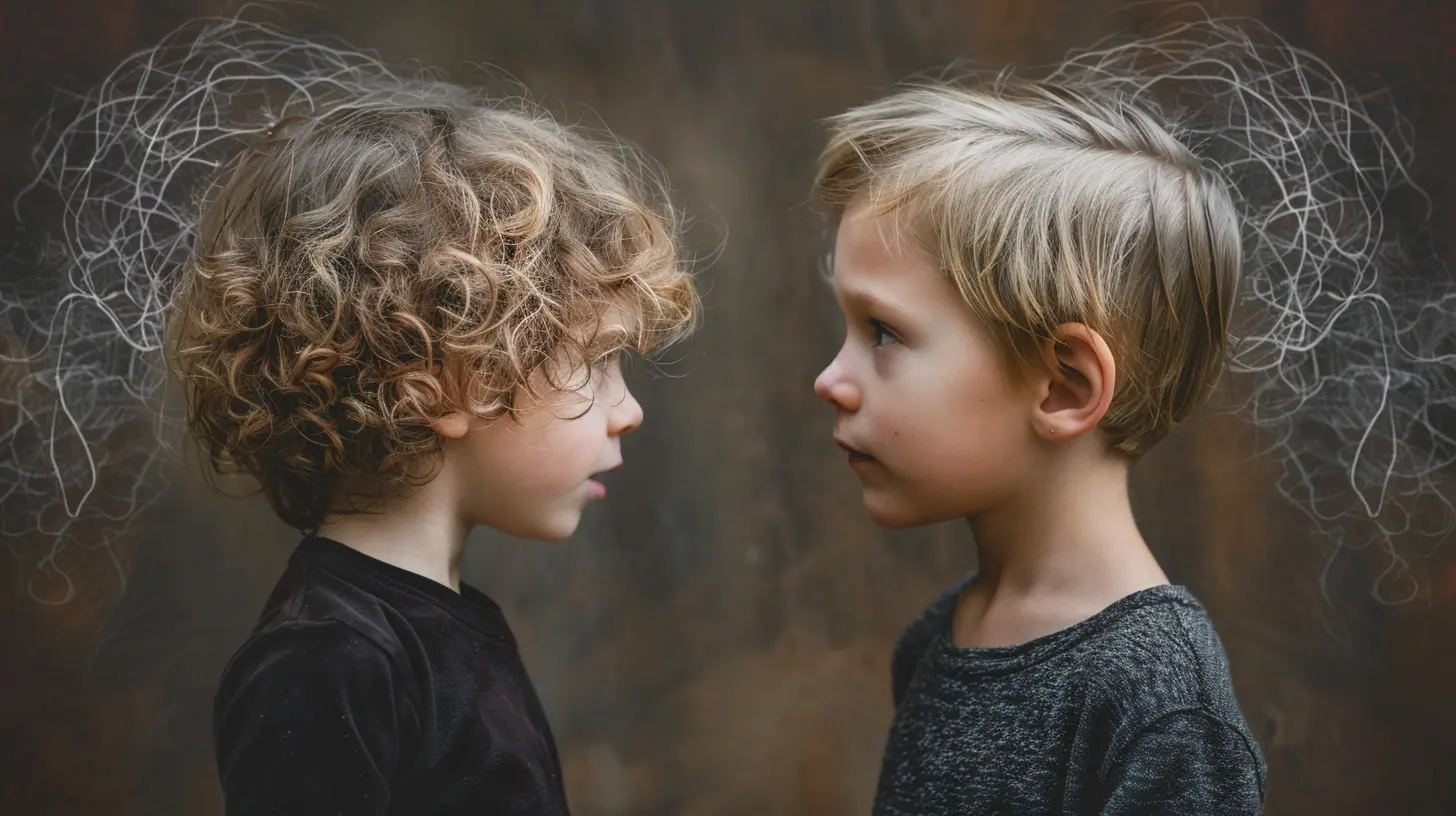
How Mindfulness Transforms Sibling Dynamics
1. Dampens the Drama (Yes, Really)
Mindfulness can act like an emotional fire extinguisher. When kids learn to be more aware of their thoughts and feelings, they don’t lash out as quickly. They pause. Breathe. Maybe even think before whacking their sister with a pillow.Siblings who are mindful might still have disagreements, but they’re less likely to spiral into full-blown tantrums. Why? Because they are learning to observe their feelings instead of becoming ruled by them. That’s some Jedi-level stuff right there.
2. Boosts Empathy: The Real Sibling Superpower
Empathy is the secret sauce to better sibling relationships. Being able to put yourself in someone else’s shoes (or LEGO pile) is everything. Mindfulness helps kids notice more—not just about themselves, but about others too.When your oldest realizes his baby brother isn’t trying to ruin his tower for fun, but just wants to play, that’s a huge win. Mindfulness nudges kids to shift from “He’s annoying me on purpose” to “Maybe he doesn’t know how to ask to play yet.”
3. Reduces Reactive Behavior
Mindfulness teaches kids to respond rather than react. There’s a big difference between yelling “MOMMM!” because someone looked at them wrong and actually stopping to ask, “Can I have some space?”When we practice mindfulness, we build a little buffer zone between an emotion and the response that follows it. So instead of that knee-jerk reaction (yank toy, scream, slam door), you might see more thoughtful interactions. And yes, that even applies to toddlers. It takes time, but it works.
4. Improves Communication
Let’s face it: kids aren’t exactly born expert communicators. (Heck, most adults aren’t.) Mindfulness teaches the art of listening and speaking with intention.In sibling contexts, this can mean:
- Using “I” statements instead of accusations
- Taking turns talking (and actually letting each other finish!)
- Pausing before firing off snarky retorts
It’s about creating space for real connection—even if they still occasionally argue about whose turn it is on the tablet.
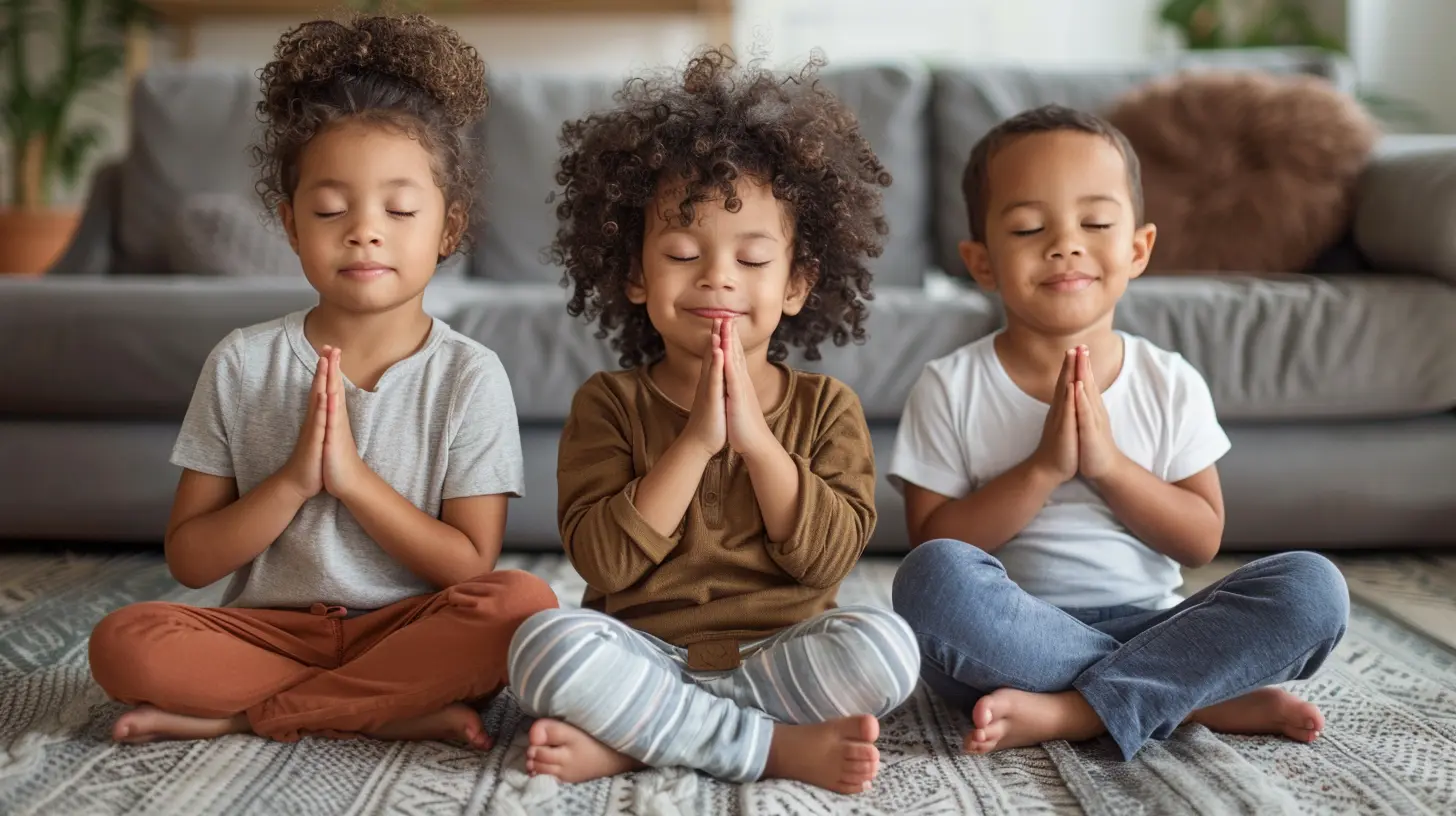
How to Introduce Mindfulness to Your Kids (Without the Eye Roll)
So, how do you teach mindfulness without sounding like a broken self-help book? Truth bomb: kids are way more open to this stuff than we give them credit for. It just has to be fun, relevant, and NOT boring.Here are some sneaky, playful ways to bring mindfulness into your home:
1. Belly Breathing Games
Have the kids lie down with a stuffed animal on their bellies. Ask them to breathe in and out slowly and watch the toy rise and fall. It’s calming and gives them something visual to focus on.2. “What’s in Your Bubble?” Moments
Teach kids to notice what they’re feeling, like they’re blowing a bubble around themselves filled with their emotions. This gets them thinking about what’s going on internally—without judgment. Then ask, “What’s floating around in your bubble right now?”3. Mindful Mornings or Mini Meditations
Start the day with a two-minute breathing break. Just two minutes! Play a short meditation from an app or do it freestyle. This sets the tone for a more peaceful day—and less likely chance of breakfast-table World War III.4. Kindness Challenges
Challenge your kids to do one kind thing for their sibling every day. It can be as simple as offering a toy, sharing a snack, or saying something nice. Make it a fun game with stickers or rewards if that motivates them.The Parent’s Role: Model It Like a Boss
Here’s the kicker: kids don’t just do what we say—they do what we do. If you’re constantly reacting, snapping, or operating in stressed-mom-zilla mode (we’ve all been there), guess what they’ll mirror?Start with yourself. When you show up with a calm presence, take deep breaths during chaos, and speak kindly even when you're frustrated, your kids will pick up on it. You become the real-life example of mindfulness in action.
It’s not about being perfect. It’s about being present.
Real-Life Sibling Wins with Mindfulness
Let’s break it down with a scenario you might recognize:Before Mindfulness:
Lily grabs the toy car her little brother Ben was playing with. Ben screams. Lily yells back. You're already in the kitchen Googling "cheap soundproof headphones."
After Mindfulness:
Lily still grabs the car (yay, progress is slow). But Ben pauses, takes a breath, says, "That made me sad, I was still playing." You prompt Lily to notice how Ben feels. She gives it back and they take turns. You cry happy tears into your coffee.
Can mindfulness make EVERY moment magical? Nah. But it can create more of those moments—and that’s a win.
Mindfulness-Friendly Activities for Siblings
Want to get your kids bonding over something other than a mutual loathing of veggies? Here are some mindful activities to do together:- Yoga for Kids: Gentle, silly poses that help with focus and balance.
- Mindful Coloring: Let them zone out with calming coloring books—and each other.
- Story Time with Feelings: Read stories and pause to talk about how the characters might feel.
- Gratitude Circles: At dinner, go around and share one thing you’re thankful to each other for.
- Nature Walks: Encourage them to notice sounds, smells, and sights together. Turn it into a sensory scavenger hunt.
When It Doesn’t Go As Planned (Because... Life)
Here's your permission slip: you’re allowed to mess up. Your kids are, too. Mindfulness isn’t about perfection; it’s about paying attention, being kind, and trying again when you flub it.So if your plan to do a sibling gratitude day turns into a snack-fueled meltdown, that’s okay. That, my friend, is still progress.
Final Thoughts: Raising Siblings Who Actually Like Each Other
Let’s be honest, it’s not about turning our kids into saintly monks who never argue. That’s not life. But through mindfulness, we CAN help them understand themselves, each other, and how to navigate conflict in healthier, more compassionate ways.Mindfulness is like giving them an emotional toolbox. They won’t always use it, sure. But it’ll be there when they need it—and that can make all the difference.
So next time your kids go at it over the last cookie or start a turf war over couch space, take a breath. Smile (on the inside). And remember: the chaos today is building better humans tomorrow.
all images in this post were generated using AI tools
Category:
Mindful ParentingAuthor:

Max Shaffer
Discussion
rate this article
1 comments
Ella McCall
This article beautifully highlights how mindfulness can transform sibling relationships. By encouraging parents to model and teach mindfulness practices, it fosters emotional awareness and empathy. A balanced approach, incorporating both individual and shared mindfulness exercises, can help siblings navigate conflicts and strengthen their bond, ultimately promoting a harmonious family environment.
November 2, 2025 at 5:24 PM

Max Shaffer
Thank you for your insightful comment! I'm glad you found the article's focus on mindfulness in sibling relationships valuable. Promoting emotional awareness and shared practices can indeed make a significant difference in fostering harmony within families.
